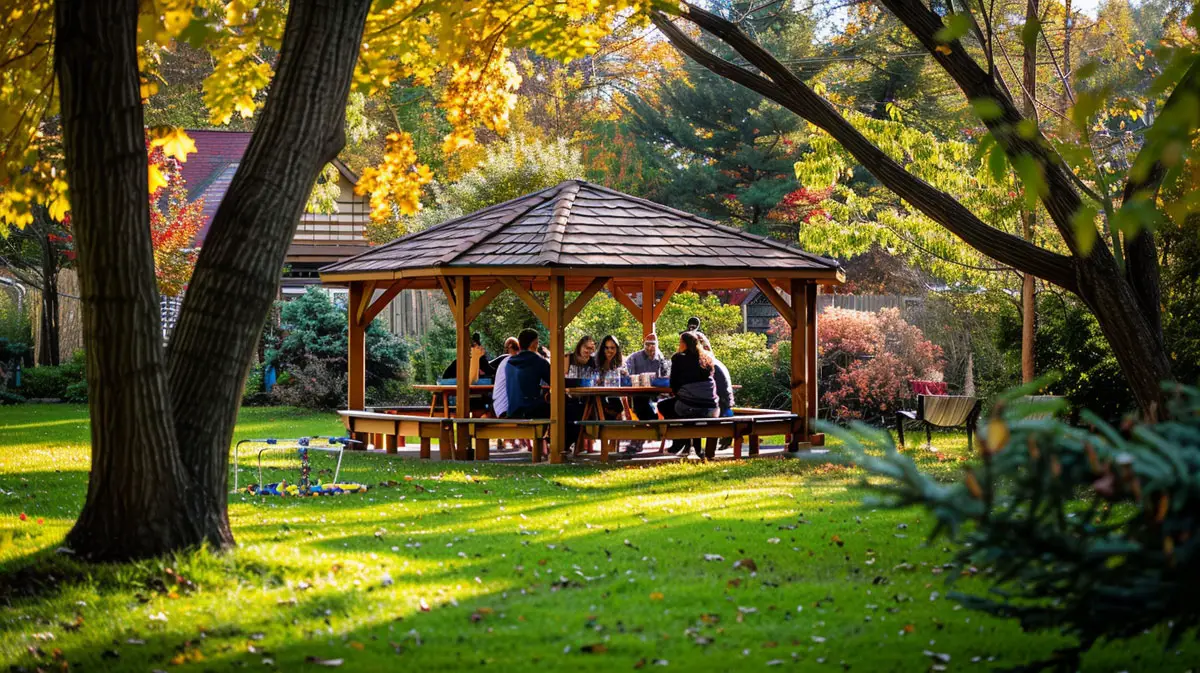Starting an Outdoor Club – What You’ll Need to Remember

Starting an outdoor club can be a rewarding venture, offering like-minded individuals the opportunity to connect with nature, engage in physical activity, and build a welcoming sense of community.
Whether you’re passionate about hiking, camping, rock climbing, or bird watching, creating an organised group can enhance the experience for everyone involved. Here’s a comprehensive guide on what you’ll need to remember when starting an outdoor club.
Define Your Vision and Purpose
Before diving into logistics, clearly define the vision and purpose of your outdoor club. Ask yourself:
• What activities will the club focus on (e.g., hiking, camping, kayaking)?
• Who is your target audience (e.g., beginners, families, experienced adventurers)?
• What are your goals (e.g., promoting outdoor education, fostering community, encouraging fitness)?
Having a clear vision in mind will help you stay focused and attract members who share your interests.
Organise the Basics
Founding Members: Start with a core group of enthusiastic individuals who can help you with planning and decision-making. This team will be crucial in establishing the club’s foundation.
Legal Structure: Decide on the legal structure of your club. Will it be a non-profit, an informal group, or a registered organisation? Consider consulting a legal advisor to understand the implications and benefits of each option.
Name and Branding: Choose a memorable name that reflects the club’s mission and activities. Develop a logo and other branding materials to create a cohesive identity.
Develop a Charter and Bylaws
Creating a charter and bylaws will provide a framework for how your club operates. These documents should include:
• Mission Statement: A brief overview of the club’s purpose and goals.
• Membership Guidelines: Criteria for joining, membership fees, and benefits.
• Leadership Structure: Roles and responsibilities of officers and committees.
• Meeting Procedures: Frequency of meetings, decision-making processes, and voting rights.
• Code of Conduct: Expected behaviour and consequences for violations.
Plan Activities and Events
A successful outdoor club will offer a variety of activities to keep members engaged. Consider the following when planning your calendar:
• Diverse Activities: Cater to different skill levels and interests by organising a mix of day trips, overnight outings, and educational workshops.
• Safety First: Make sure all activities are safe and well organised. Conduct risk assessments, obtain necessary permits, and have emergency plans in place. Keep medical kits on hand at all times in case of emergencies.
• Seasonal Considerations: Plan events according to the seasons, taking into account weather conditions and availability of resources.
Establish Communication Channels
Effective and open communication is key to keeping members informed and engaged. Set up the following:
• Website: A central hub for information about the club, upcoming events, membership details, and contact information.
• Social Media: Utilise platforms like Facebook, Instagram, and X (formerly Twitter) to promote events, share photos, and interact with members.
• Email Newsletter: Regular updates with news, event reminders, and important announcements.
• Messaging Apps: Tools like WhatsApp or Slack for real-time communication among members.
Promote Your Club
To attract members, you’ll need to promote your club effectively. Here’s how:
• Word of Mouth: Encourage members to invite friends and family.
• Flyers and Posters: Distribute in local community centres, outdoor gear shops, and cafes.
• Local Media: Reach out to newspapers, radio stations, and online community boards.
• Partnerships: Collaborate with local businesses, schools, and other organisations to broaden your reach.
Manage Finances
Keeping finances stable is crucial for the sustainability of your club. Consider the following:
• Membership Fees: Determine a fee structure that covers basic expenses without deterring potential members.
• Fundraising: Organise fundraisers, seek sponsorships, or apply for grants to support club activities.
• Budgeting: Create a realistic budget to manage income and expenses, including costs for equipment, permits, insurance, and events.
Conclusion
Starting an outdoor club involves careful planning and a commitment to fostering a sense of adventure and community. By defining your vision, organising effectively, planning diverse activities, and promoting your club, you can create a thriving group that enjoys and respects the great outdoors. Remember, the success of your club will depend on the enthusiasm and cooperation of its members, so focus on building a welcoming and engaged community.










